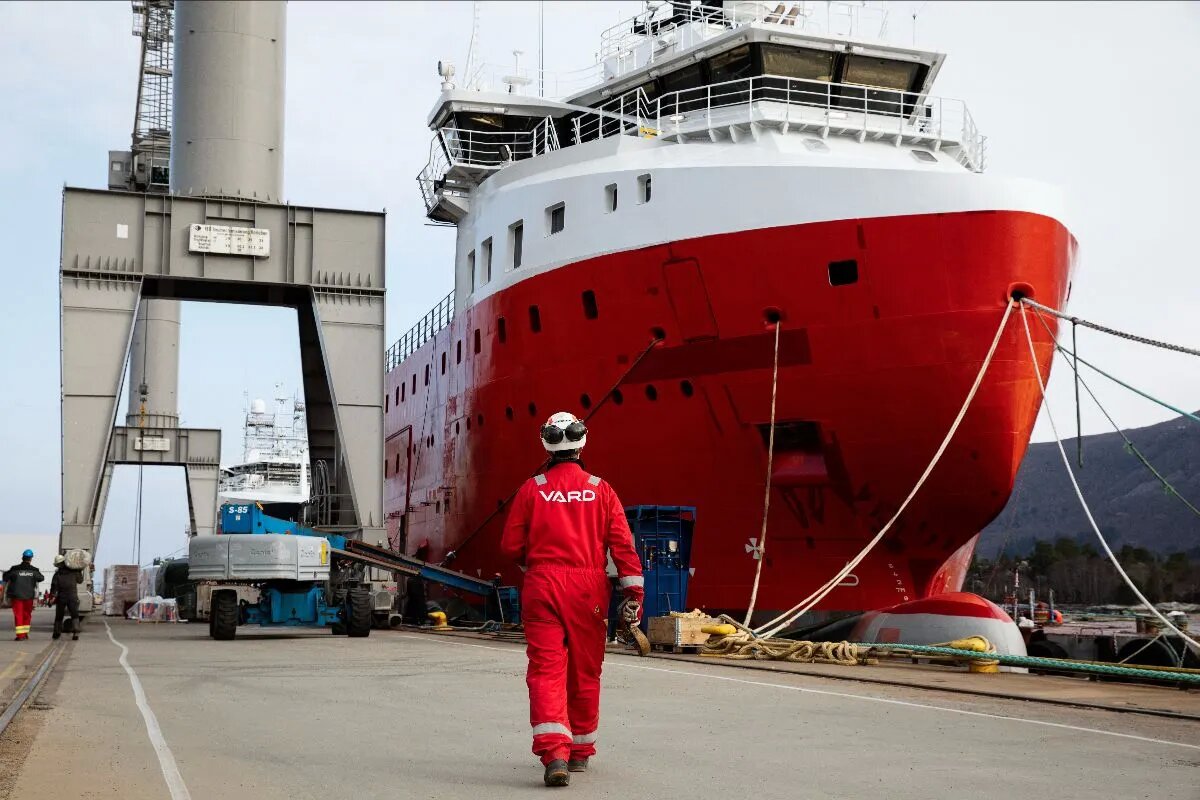The Moegão project, the largest public port infrastructure work in Brazil and which is being developed in the Port of Paranaguá, has reached 75.1% completion, according to technical measurements taken in the first half of October. To date, 83.17% of the civil works (physical structure), 80.33% of the mechanical works, and 48.93% of the electrical works have been completed. According to the schedule, total completion is expected for January 2026.
Once operational, Moegão will be able to receive 24 million tons of grains and bran per year, supplying the terminals of the Eastern Export Corridor (Corex).
“We anticipate an increase in cargo movement that will arrive here as a result of investments in the expansion of the railway network, which will materialize shortly. Paranaguá will not be a bottleneck for railway traffic,” stated the general director of Portos do Paraná, Luiz Fernando Garcia.
The Government of the State of Paraná, through Portos do Paraná, is investing more than R$ 650 million in the construction of Moegão, using its own resources and funds from the National Bank for Economic and Social Development (BNDES).
Currently, on average, 550 rail wagons can be unloaded daily at the export terminals. With Moegão, this process will be standardized at a single unloading point, where 180 wagons can be unloaded every five hours, which is equivalent to approximately 900 units per day. The bulk agricultural products will be transported by conveyor belts to 11 terminals interconnected to the system and, from there, to the ships.
The bids scheduled for April 2025 —for lots PAR 14, 15, and 25— will guarantee the construction of the “T”-shaped pier, which will also be connected to the Moegão reservoir. Of the total R$ 2.2 billion that the concessionaires will invest, R$ 1.2 billion will be allocated to the project, which will include four new berths. Furthermore, the State Government will make an additional contribution of R$ 1 billion.
The new pier will feature a state-of-the-art conveyor belt system that will move products from the terminals to the ships’ holds at high speed. The current system moves approximately 3,000 tons of soybeans or other grains and meals per hour; with the new structure, this volume will increase to 8,000 tons per hour.
This transformation will only be possible with the concession of the access channel, carried out on the 22nd of last month through an auction on B3. The winning consortium will have to deepen the channel, which will allow for an increase in the draft, from 13.3 to 15.5 meters within a period of five years.
Currently, vessels carry up to 78,000 tons of grains or bran. With the new draft, a vessel will be able to depart from Paraná with up to 125,000 tons.





